 Just a heads-up that I’ve written a small piece for the ABC Technology site on the use of MMOs in education and business. For the seasoned virtual worlds watcher there’s nothing earth-shattering in there, but it’s a useful overview for the newcomer or casual observer. Obviously these concepts don’t just apply to World of Warcraft (WoW), but as the behemoth in the arena it’s one of the better showcases.
Just a heads-up that I’ve written a small piece for the ABC Technology site on the use of MMOs in education and business. For the seasoned virtual worlds watcher there’s nothing earth-shattering in there, but it’s a useful overview for the newcomer or casual observer. Obviously these concepts don’t just apply to World of Warcraft (WoW), but as the behemoth in the arena it’s one of the better showcases.
I wrote recently on the lessons the latest WoW has for virtual worlds as well, if you’re interested.
For those of you out there playing through the new Cataclysm content, is there anything that’s really impressed you or frustrated you so far?
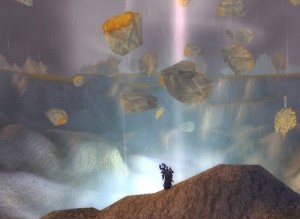
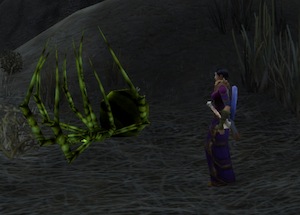 1. The announcement of
1. The announcement of 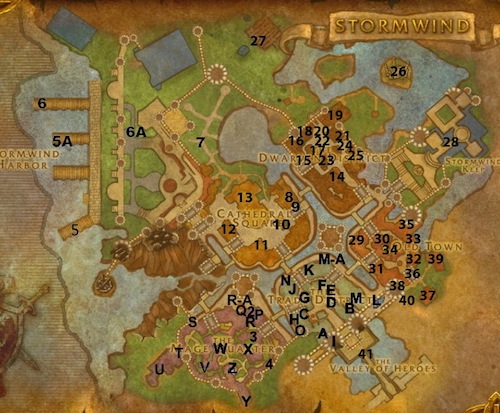
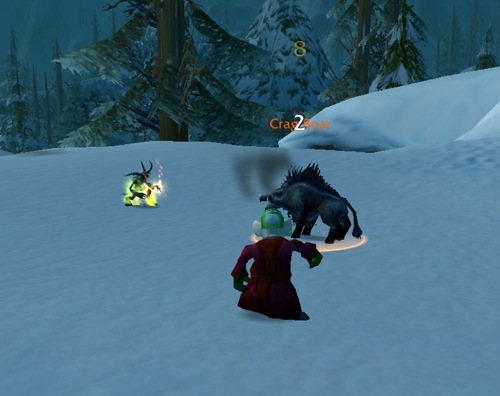
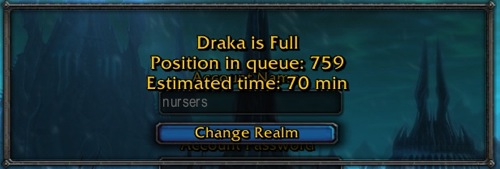
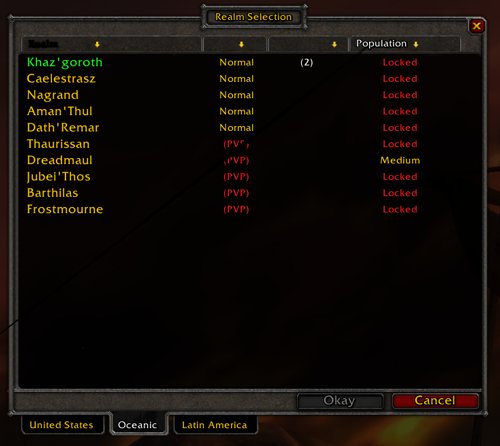
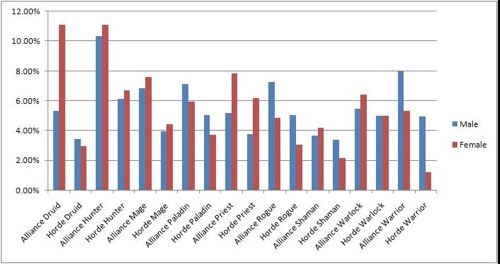
Recent Comments